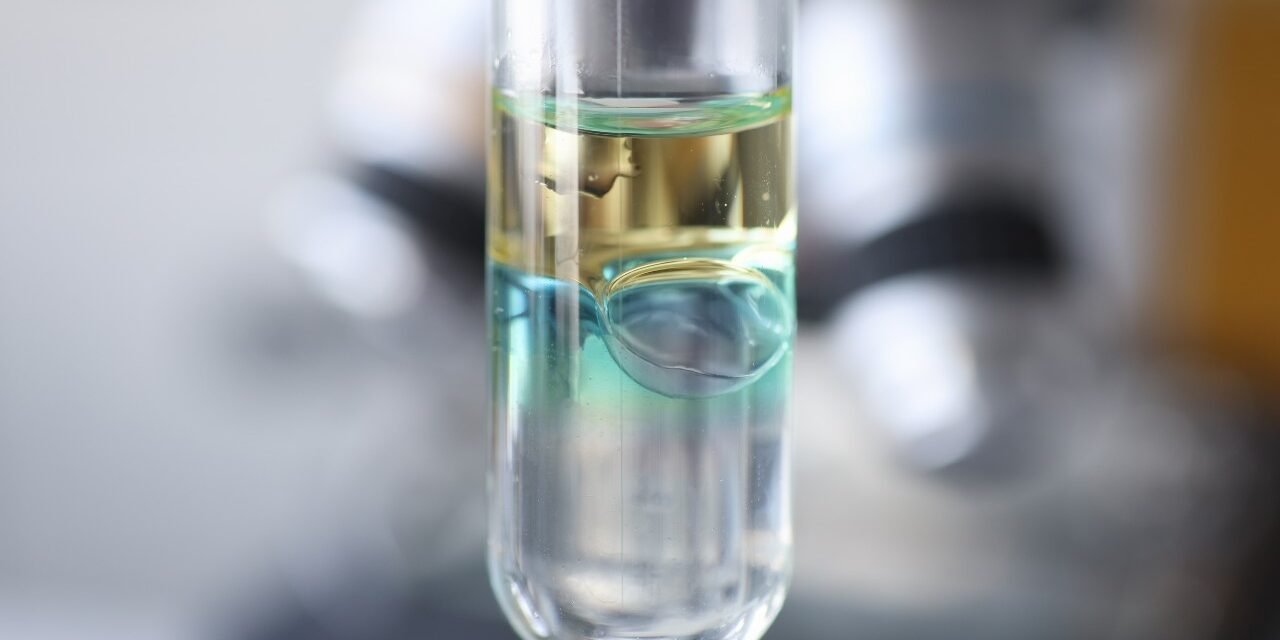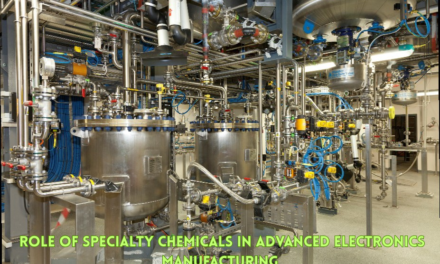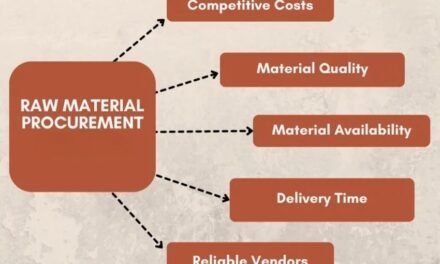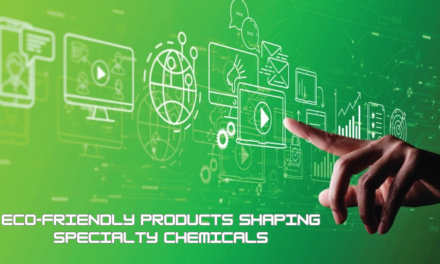The replacement of traditional solvents with safer alternatives is a growing trend driven by environmental regulations, worker safety concerns, and industry demands for sustainable practices. Solvents, widely used in industries like chemicals, coatings, cleaning, and pharmaceuticals, are being substituted with greener, less toxic, and more sustainable options. Here’s how this transition is taking place:
1. Drivers for Replacing Traditional Solvents
- Environmental Regulations:
- Stricter policies like REACH (EU), TSCA (US), and VOC limits are pushing industries to reduce solvent emissions and adopt greener alternatives.
- Health and Safety Concerns:
- Many traditional solvents (e.g., toluene, benzene, methylene chloride) are hazardous, causing respiratory issues, skin irritation, and long-term health risks like cancer.
- Sustainability Goals:
- Industries are seeking biodegradable, renewable, and non-toxic solvents to align with circular economy and sustainability initiatives.
- Consumer Awareness:
- Increased demand for eco-friendly products in cleaning, cosmetics, and paints drives the adoption of safer solvents.
2. Types of Safer Alternatives
- Bio-Based Solvents:
- Derived from renewable resources like plants, bio-based solvents are biodegradable and less toxic.
- Examples:
- Ethyl lactate (from corn fermentation) for cleaning and coatings.
- d-Limonene (from citrus peel) for degreasing and cleaning applications.
- Water-Based Solvents:
- Water replaces organic solvents in formulations for cleaning, paints, and coatings.
- Examples:
- Waterborne paints and inks.
- Aqueous cleaners for industrial and household use.
- Supercritical Fluids:
- Substances like supercritical CO₂ serve as solvents under high pressure, offering high solvency without toxicity.
- Applications:
- Decaffeination of coffee, extraction in pharmaceuticals, and cleaning in electronics.
- Ionic Liquids:
- Salts in liquid form at low temperatures, offering high thermal stability and low volatility.
- Applications:
- Catalysis, chemical synthesis, and green separation processes.
- Green Solvents:
- Low-toxicity solvents designed for specific applications, minimizing health and environmental risks.
- Examples:
- Dimethyl carbonate (DMC) as a replacement for acetone and methylene chloride.
- Methyl soyate (from soybean oil) for degreasing and cleaning.
3. Industries Leading the Transition
- Paints and Coatings:
- Transition to low-VOC and waterborne formulations to meet environmental standards.
- Example: Adoption of propylene glycol ethers in place of traditional aromatic hydrocarbons.
- Pharmaceuticals:
- Use of greener solvents like ethanol, ethyl acetate, and supercritical CO₂ in drug manufacturing and extraction processes.
- Cleaning and Degreasing:
- Replacement of toxic solvents (e.g., trichloroethylene) with bio-based and water-based cleaners.
- Example: Aqueous cleaners and surfactants for industrial degreasing.
- Adhesives and Sealants:
- Adoption of low-VOC solvents and water-based formulations to meet safety standards.
- Cosmetics and Personal Care:
- Use of bio-derived solvents like glycerin and plant-based alcohols in formulations.
4. Key Innovations Driving Replacement
- Catalyst Development:
- Advanced catalysts enable reactions under milder conditions, reducing the need for traditional solvents.
- Microemulsions:
- Formulations that combine water and safer solvents for enhanced cleaning and solubilization.
- Solvent-Free Technologies:
- Development of solvent-less adhesives, coatings, and manufacturing processes to eliminate solvent use entirely.
- Nanotechnology:
- Nano-scale materials improve solubility and reaction efficiency, reducing solvent volumes.
5. Regulatory and Policy Support
- Volatile Organic Compound (VOC) Regulations:
- Limits on VOC emissions in paints, coatings, and cleaning products drive the adoption of low-VOC alternatives.
- Bans and Restrictions:
- Bans on hazardous solvents like methylene chloride in consumer products (e.g., paint strippers in the US and EU).
- Green Chemistry Incentives:
- Programs encouraging the development and use of safer, sustainable solvents through grants and tax benefits.
6. Challenges and Solutions
- Performance Trade-Offs:
- Safer solvents may have lower solvency power or slower evaporation rates.
- Solution: R&D in formulations to enhance performance and compatibility with existing processes.
- Cost Concerns:
- Bio-based and specialty solvents can be more expensive than traditional ones.
- Solution: Scaling production and improving efficiencies to reduce costs.
- Industry Adoption:
- Resistance to change due to the need for process adjustments and equipment compatibility.
- Solution: Education, pilot projects, and technical support to facilitate adoption.
7. Environmental and Economic Benefits
- Reduced Emissions:
- Safer solvents contribute to lower greenhouse gas emissions and air pollution.
- Improved Workplace Safety:
- Non-toxic alternatives reduce occupational hazards and healthcare costs.
- Waste Reduction:
- Biodegradable solvents minimize hazardous waste disposal challenges.
- Sustainable Supply Chains:
- Use of renewable feedstocks supports circular economy goals and reduces dependency on petrochemicals.
8. Future Trends
- Hybrid Solvent Systems:
- Combining bio-based solvents with water or ionic liquids for enhanced performance.
- Customization and Specialty Solutions:
- Development of application-specific solvents tailored to industry needs.
- Recycling and Reuse:
- Closed-loop systems for recovering and reusing safer solvents to reduce costs and waste.
- Integration with Green Processes:
- Pairing safer solvents with green chemistry and renewable energy for holistic sustainability.
Conclusion
The replacement of traditional solvents with safer alternatives is transforming industries by improving environmental and health outcomes while maintaining performance. With continued innovation, regulatory support, and market demand, safer solvents are set to become the standard across sectors, aligning with global goals for sustainability and safety.
Hashtags
#SolventReplacement #SaferSolvents #SolventInnovation #GreenSolvents #NextGenSolvents #EcoFriendlySolvents #NonToxicChemicals #SustainableChemistry #SaferForEnvironment #HealthierChemicals #ChemicalInnovation #TechForSustainability #AdvancedSolvents #SmartChemistry #SustainableTech #IndustryTrends #ChemicalMarketInnovation #SolventSustainability #GlobalChemicalTrends #GreenIndustrySolutions #RegulationsForSafety #SustainableChemicalPolicy #ESGInChemicals #PolicyForSaferChemicals #ComplianceMatters #BioBasedSolvents #CircularChemicals #GreenAlternatives #RenewableChemistry #WasteToChemicals

















